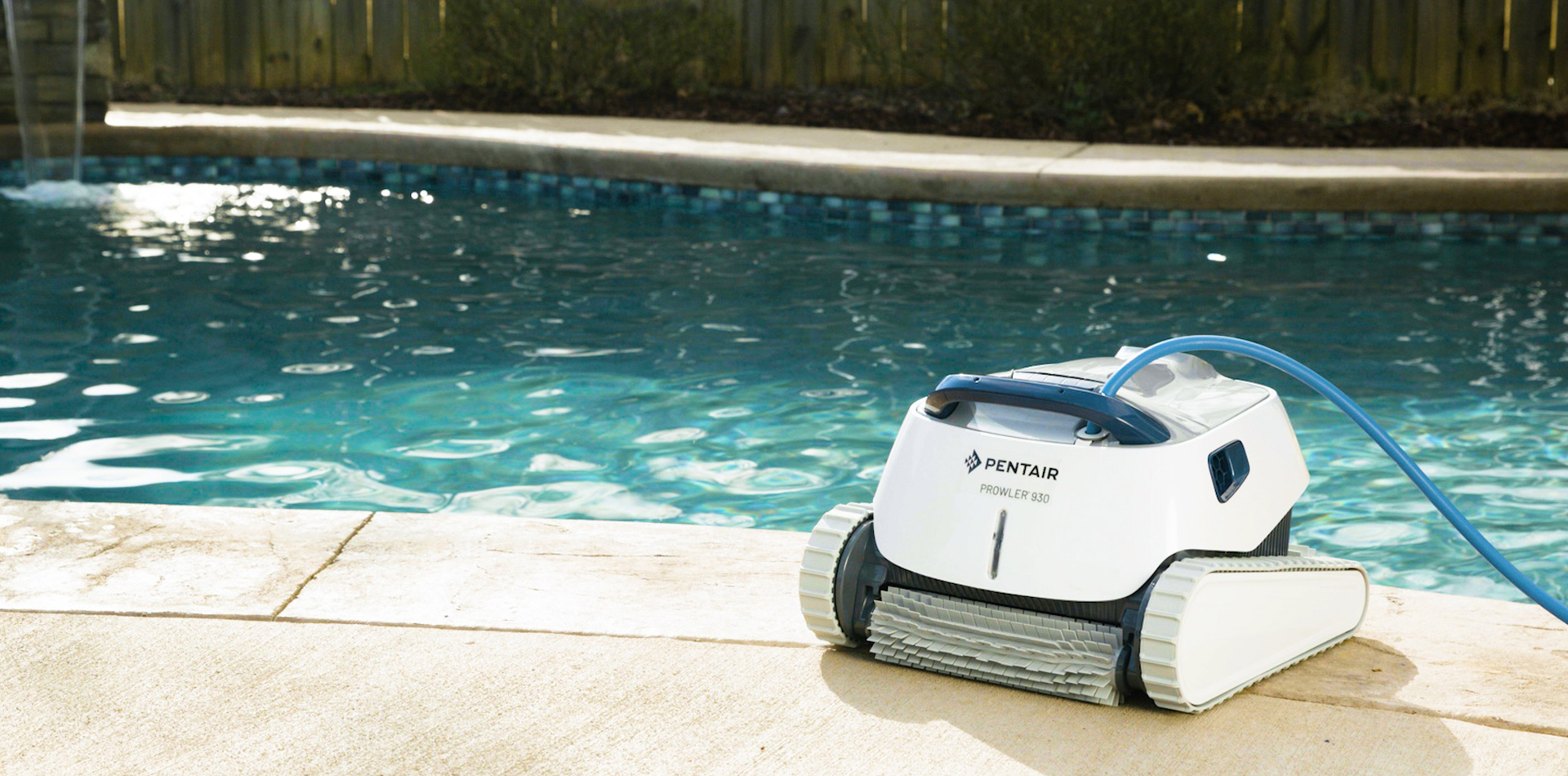
Who would enjoy bathing in a pool full of leaves and insects? Nobody, I think we would all agree. The primary use of a cleaning robot is quite clear: to make your pool cleaner for a more pleasant bathing experience.
However, in cleaning your pool, your robot also accomplishes something even more important. It allows you to use fewer treatment products, which means a more efficient and environmentally friendly pool, and make cost savings on many levels!
In fact, it’s not a question of whether or not you need a robot, but rather which robot to choose. Below, we take a closer look at each of the options available, so that you can select the robot that best meets your requirements.
Can savings be made with a pool robot?
It is true that cleaning robots can be a significant investment (even though their price has dropped somewhat over recent years). That said, it’s a profitable investment.
Because, in addition to keeping your pool looking its best, a cleaner is able to address a real health issue. As you may know, any organic material that falls into your pool will degrade, whether animal or plant material. Too much pollution can affect the balance of the water by activating the chlorine discharged for its disinfection.
But if this pollution is quickly removed from the pool by the robot, your pool doesn’t require as many chemical products. What makes it more efficient and economical: there is less risk of having the expense of correcting green water and your system will benefit as a result, because water that contains fewer chemical products causes less damage to the pipes, equipment and liner.
And it goes without saying that it is much more pleasant to swim in a pool that contains as few chemical products as possible.
What is the best robotic cleaner for your pool?
Now we’ve explained the real use of a cleaner, let’s take a look at the type of cleaner that would be best suited to your pool.
First of all, we’ll take a quick look at the “manual” cleaner. Always keep a pool net to hand, it’s a very practical way of removing insect and plant matter from the surface of the water before it disintegrates.
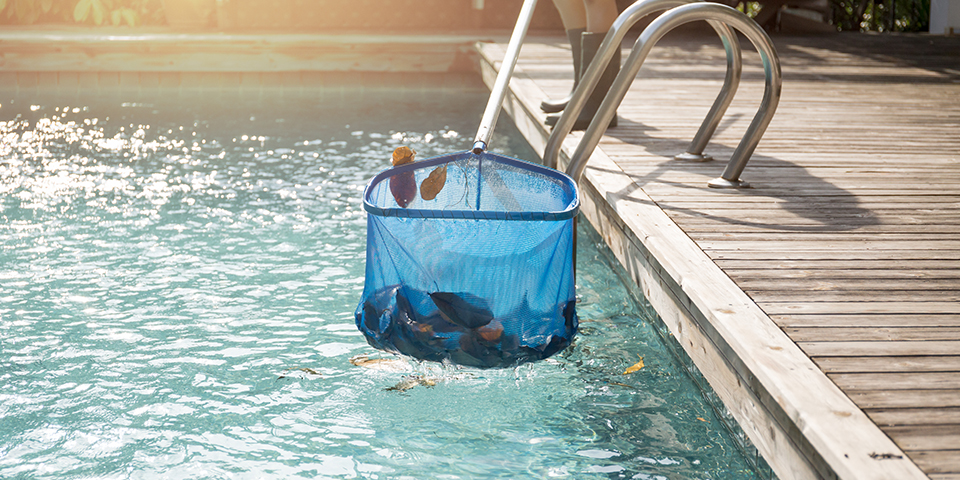
In addition, you can of course clean your pool by way of a vacuum that may have been provided by your installer, connected to the pool suction point. But in all honesty: this is a tool that is especially useful during dewintering, to remove large debris from the pool, before operating the robot. Using it all year round, instead of a robot, to clean the bottom and walls of your pool is to say the least... tedious (and that’s putting it mildly).
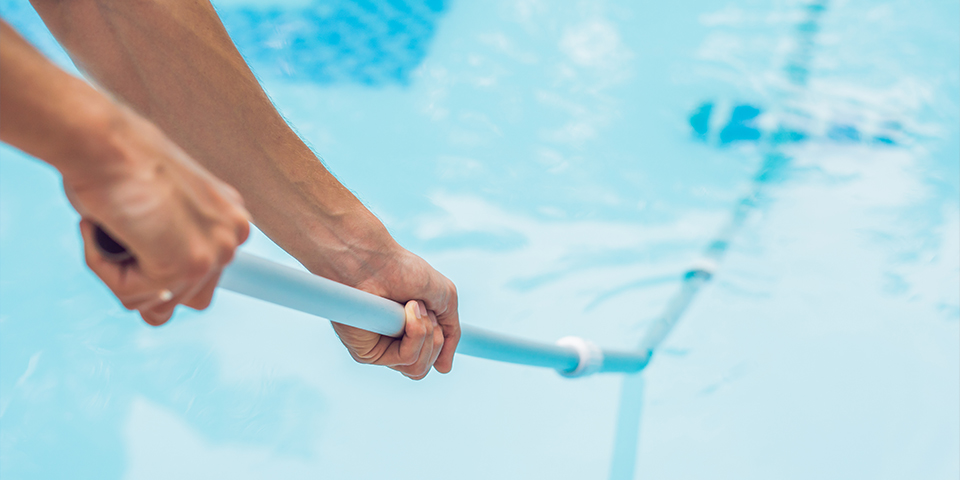
In addition to these tools, you are therefore better off choosing a robotic solution to make life easier for yourself.
Electric pool cleaner robots: the perfect solution?
The electric cleaner is becoming increasingly popular as it’s very easy to use. Unpack, place in the water, switch it on and off it goes, working its way down to the bottom of your pool. Thanks to its “intelligent” system, this type of machine is also very effective for covering all areas of the pool. Certain models such as our Prowler P20 can even be controlled manually by smartphone.
As with a house vacuum cleaner, it is the motor inside the robot that produces the suction. The dirt is trapped in a filter bag or unit and clean water is discharged. The bag can then be removed and cleaned using a water jet, for example. A second or third motor keeps the robot moving and rotating so that it can clean the entire pool surface. Please note that these motors operate by way of a very low voltage current: there is therefore no risk of electrocution in the event of a leak.
Electric robots seem to be the ideal solution for cleaning your pool. The only thing to bear in mind is that their motors, brushes and other components necessarily require maintenance at least every 3 to 4 years.
You should also bear in mind the size of your pool! If your pool is small, the electric robot may not have the required space to rotate for example. An electric cleaner is best suited to a pool of average or large size, where it has the space that it requires to move around the pool and is able to complete the job more quickly than a hydraulic robot.
Hydraulic pool robots: simple and very practical!
A hydraulic robot operates without electricity. It can be connected to the pool’s vacuum point and is activated at the same time as your filtration pump or the booster pump (in the case of a pressure robot).
There are two types of hydraulic cleaners: the suction robot and the pressure robot.
The hydraulic suction pool robot
Once connected to your vacuum point, this robot operates quite simply by way of the suction generated by the filtration pump, which activates the turbine inside the cleaner and suctions the dirt. The main advantage of this type of robot is therefore that it doesn’t consume any additional energy!
It is this same strength that allows the cleaner to keep moving and rotating thanks to the ingenious mechanical programming allowing it to cover the entire pool (unlike simpler robots, such as flappers, which move with the water current and through the corners).
Vacuum robots therefore operate simply and effectively and have a good price-quality ratio. If you opt for a model of this type, you should however bear in mind that: the suctioned debris ends up in the pool’s filter. For optimum effectiveness, consider carrying out a backwashing of the filter before and after using your cleaner!
>>> Click here for our range of latest generation hydraulic suction robots, such as the BlueRebel
The hydraulic pressure pool robot
These types of cleaners, which are very popular in France, require a booster pump such as our BlueFlo: a second pump in addition to the main pump, which doesn’t suction but instead sends the pressure to the vacuum point.
These pressure robots therefore use more energy with their booster pump, while a suction cleaner doesn’t use any additional energy when operating with the main pump.
They do however offer an advantage compared to the other options: equipped with a bag, they are able to retain the waste. Your pool filter is therefore left untouched!
That said, these cleaners will be of particular interest if your pool is already equipped with a booster pump. In this case, it’s a sensible purchase to make, when, for example, replacing your equipment.
>>> Our hydraulic pressure robots, such as the BlueFury GT
Find the robotic cleaner best suited to your pool
We hope that this small guide has been of help and has given you some tips on choosing the best robot cleaner suited to your needs.
As always, when it comes to pool equipment, the most important thing to consider is your own specific situation. Depending on the size of your pool, an electric robot may be necessary or it may be too large. Depending on the liner, a suction pool cleaner may not adhere well to the surface of the walls (shell or tiling for example).
It’s easy today to go ahead and purchase a model over the internet on your own. But you run the risk of making the wrong choice: it’s best to see if your pool specialist can lend you a model to try out for one to two weeks before making a choice.
Don’t hesitate to ask as some professionals will gladly do just that. That way you’ll be sure to choose the best model for you that’s particularly suited to your pool!
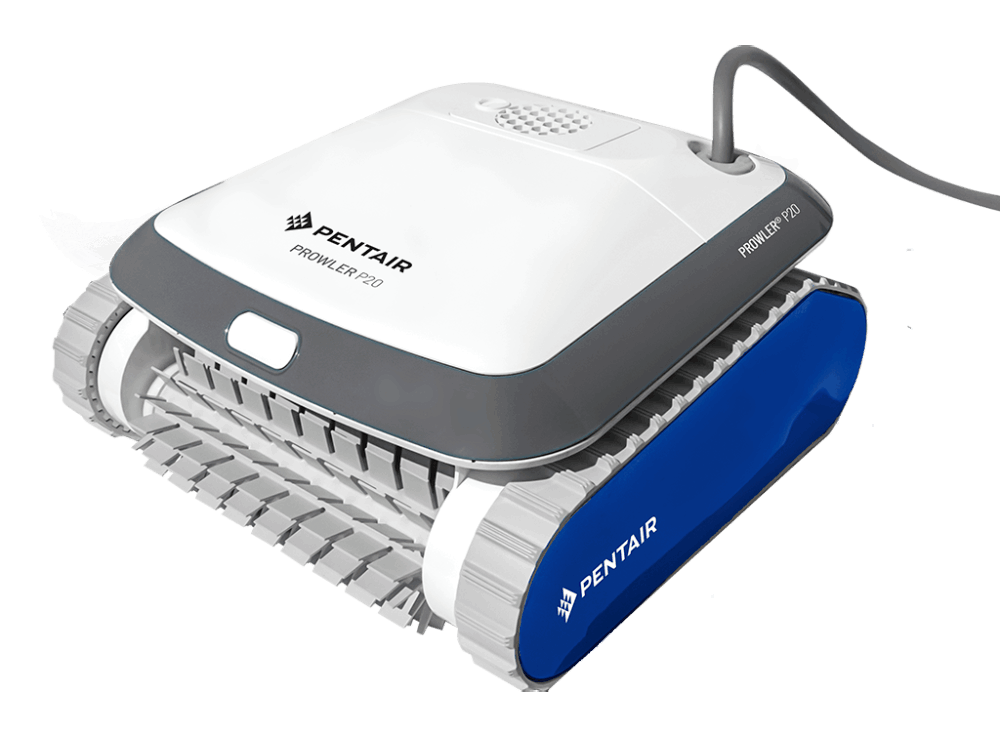
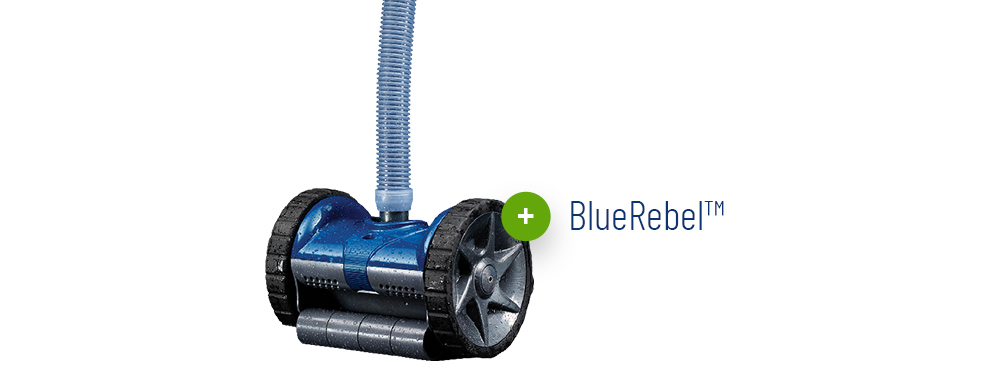
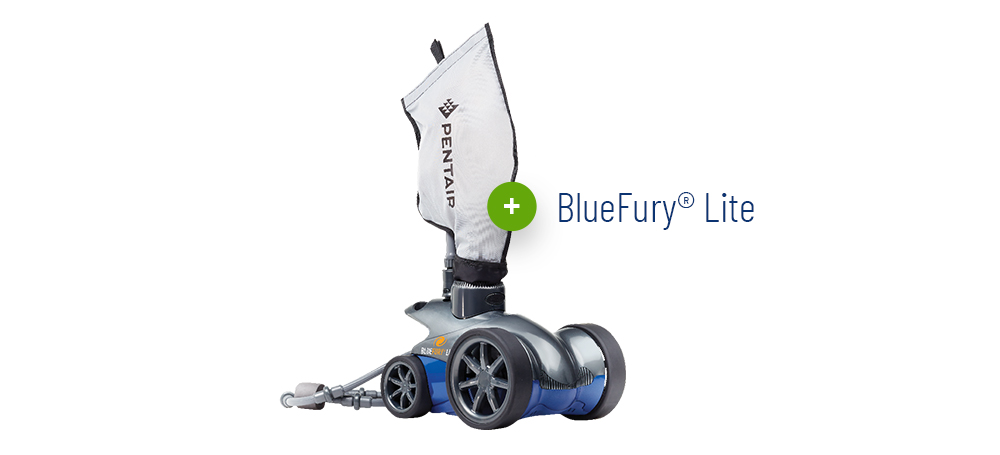
Add new comment